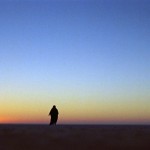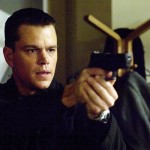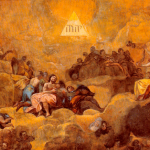Yes, I have already written about Tony Zhou’s web series, “Every Frame a Painting.”
Yes, he has released a new episode, “Akira Kurosawa – Composing Movement.”
Yes, it’s amazing. What else were you expecting his Kurosawa-themed analysis to be?
Yes, I’m sharing it with you. I have to live with myself, after all. And if I had seen this gem and not told you about it, my conscience would be hard to mollify. Very hard. Honestly, there could be tears.
Yes, yes. You’re welcome.
Can movement tell a story? Sure, if you’re as gifted as Akira Kurosawa. More than any other filmmaker, he had an innate understanding of movement and how to capture it onscreen. Join me today in studying the master, possibly the greatest composer of motion in film history.
I don’t think I’d ever noticed the “Movement of Nature” bit before. But now that Mr. Zhou has mentioned it, I’m going to see it everywhere. Like right here, in one of my favorite Kurosawa moments of all time (from Kagemusha). If it is possible to pick a favorite Kurosawa moment, that is.
Also, I don’t think I realized that Kurosawa was his own editor. And that little montage of Mifune shifting his shoulders in Yojimbo actually made me laugh out loud.
Enjoy.
Attribution(s): Kurosawa and Ran photos courtesy of Getty Images, which allows the use of certain images “as long as the photo is not used for commercial purposes (meaning in an advertisement or in any way intended to sell a product, raise money, or promote or endorse something);” “Bloody Samurai” provided by Shutterstock.











